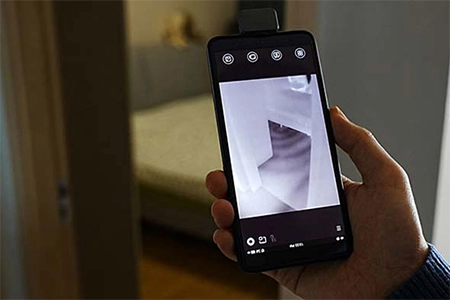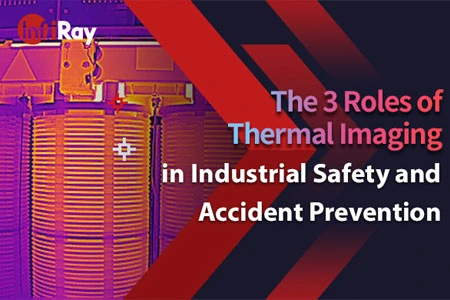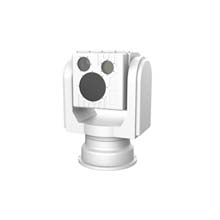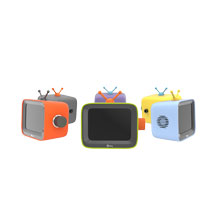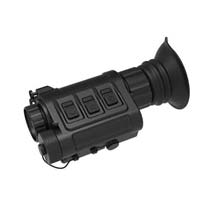How Thermal Cameras Revolutionize Temperature Analysis
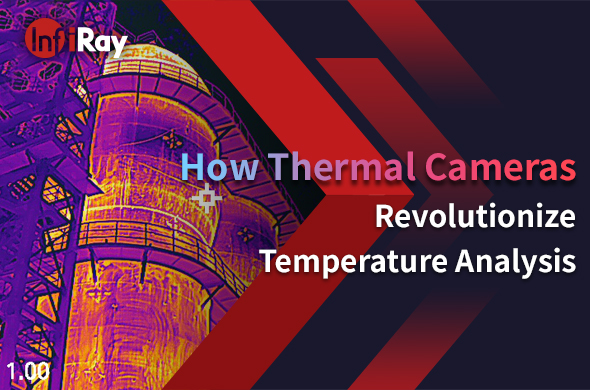
Temperature analysis is a critical aspect in fields ranging from healthcare to manufacturing, and traditional methods often fall short in terms of efficiency and accuracy. In the fast-paced world of technological advancements, one tool has emerged as a game-changer in temperature analysis – thermal cameras. This innovative technology harnesses the power of infrared radiation to provide real-time, non-contact temperature monitoring across various industries.
Understanding Thermal Imaging Technology
At the heart of thermal imaging lies the concept of infrared radiation – the invisible energy emitted by all objects with a temperature above absolute zero. Unlike visible light, infrared radiation is beyond the scope of the human eye, making it an ideal candidate for temperature analysis. Thermal cameras detect these infrared emissions, creating a detailed thermal map of the surrounding environment.
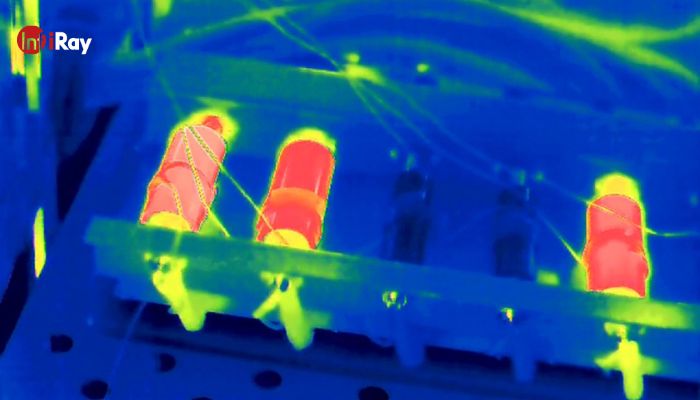
Thermal cameras utilize highly sensitive infrared detectors to capture the heat signatures emitted by objects. These detectors convert the infrared radiation into electrical signals, which are then processed and translated into a visual representation. The result is a dynamic and real-time display of temperature variations, allowing for swift and accurate analysis.
To accomplish this thermal wizardry, thermal imaging devices consist of intricate components. Infrared detectors, often made from specialized materials like microbolometers, play a crucial role in capturing thermal data. Advanced optics ensure the accurate focusing of infrared radiation, and sophisticated algorithms interpret the collected information, transforming it into a coherent thermal image.
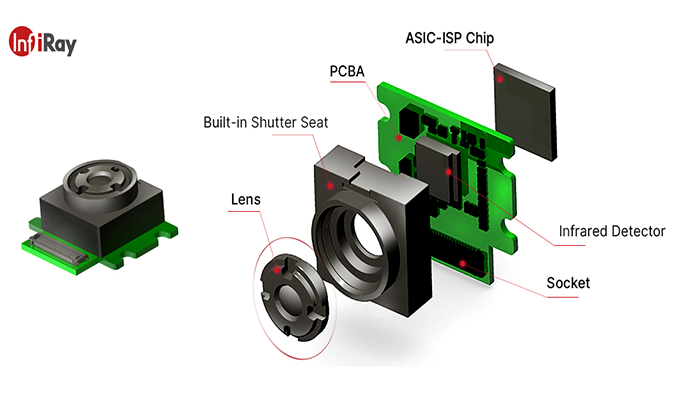
Applications of Thermal Cameras in Temperature Analysis
1. Medical Sector
In healthcare, thermal imaging cameras play a pivotal role in fever screening and early disease detection. With the ability to monitor patient temperatures without physical contact, these cameras have become invaluable tools in the ongoing battle against contagious diseases.
2. Industrial and Manufacturing
Thermal imaging cameras find applications in preventive maintenance and equipment monitoring within the industrial sector. They enable real-time detection of anomalies, ensuring machinery operates optimally. Additionally, thermal imaging enhances quality control in production processes, minimizing defects and maximizing efficiency.
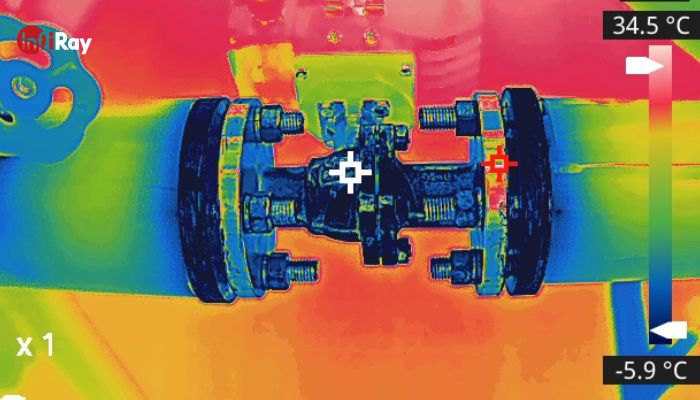
3. Building and Energy Efficiency
Efficient HVAC systems and well-insulated structures are vital for energy conservation. Thermal cameras excel in detecting heat leaks and insulation issues, enabling businesses and homeowners to optimize energy consumption and reduce costs.
4. Security and Surveillance
In the realm of security, thermal cameras provide a cutting-edge solution for intruder detection based on body heat. With night vision capabilities, these cameras enhance surveillance, ensuring robust security measures even in low-light conditions.
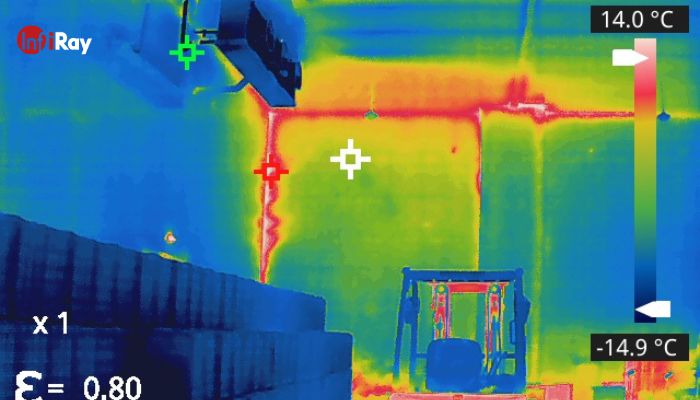
Advantages of Thermal Cameras Over Traditional Methods
1. Non-Contact Precision
One of the standout advantages of thermal cameras lies in their non-contact nature. Traditional methods often necessitate physical proximity for temperature measurement, which can be impractical or even risky in certain situations. Those cameras, on the other hand, enable precise temperature readings from a distance, ensuring safety and accuracy without compromising efficiency.
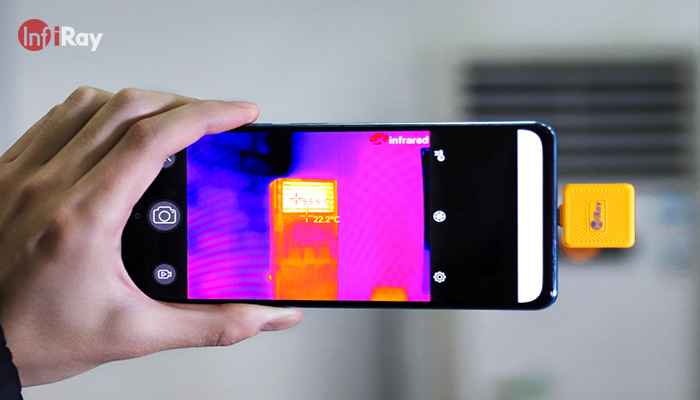
2. Swift Real-Time Results
In a world where time is of the essence, thermal cameras outshine traditional methods with their ability to deliver swift and real-time results. Unlike older techniques that might involve prolonged procedures or waiting times, thermal imaging provides instant temperature feedback. This rapid response is particularly invaluable in scenarios requiring immediate decision-making, such as industrial maintenance or healthcare screenings.
3. Versatility Across Industries
The versatility of thermal cameras spans across a multitude of industries, making them indispensable tools in various applications. Whether it's pinpointing faults in electrical systems, optimizing energy efficiency in buildings, or ensuring food safety in the agriculture sector, thermal imaging showcases adaptability. This flexibility ensures that businesses can invest in a single technology with diverse applications, streamlining their monitoring processes.
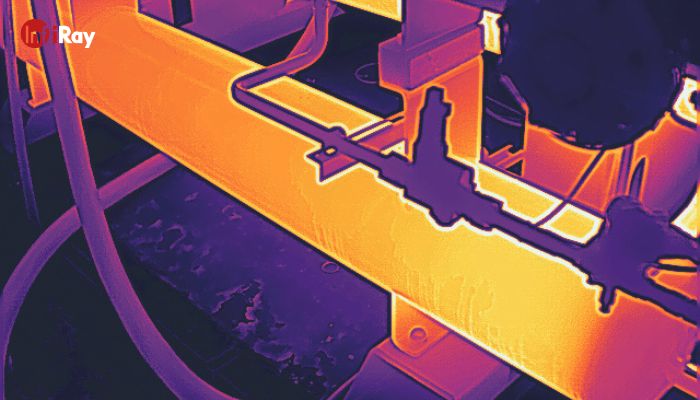
Future Trends in Thermal Imaging Technology
As technology continues to evolve, so do thermal cameras. Future trends point towards even more advanced features and capabilities. The integration of artificial intelligence for predictive analysis, coupled with emerging applications in diverse industries, underscores the ongoing growth and potential of thermal imaging technology.
The advent of thermal cameras has ushered in a new era in temperature analysis. From healthcare to manufacturing, security to energy efficiency, these devices have proven to be versatile, efficient, and indispensable. As we witness ongoing advancements in thermal imaging technology, the possibilities for its applications seem boundless.








